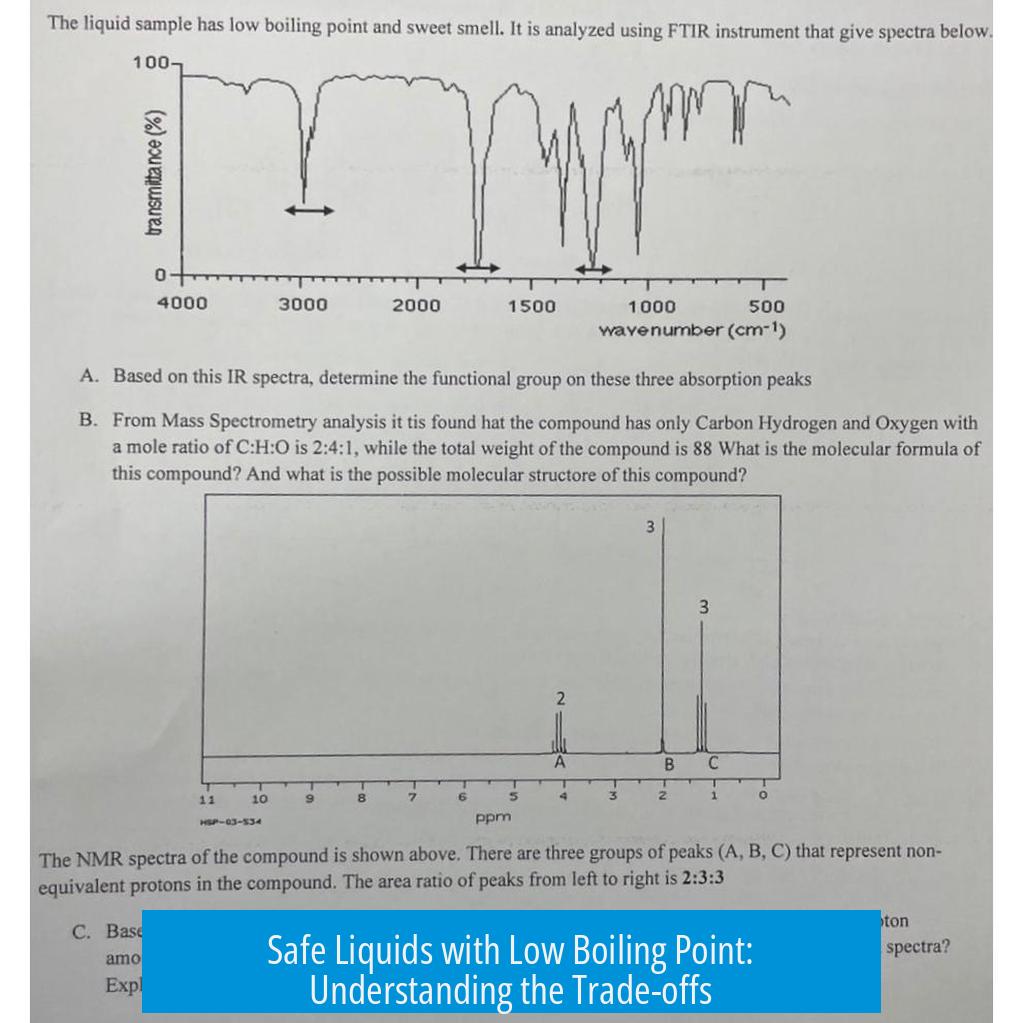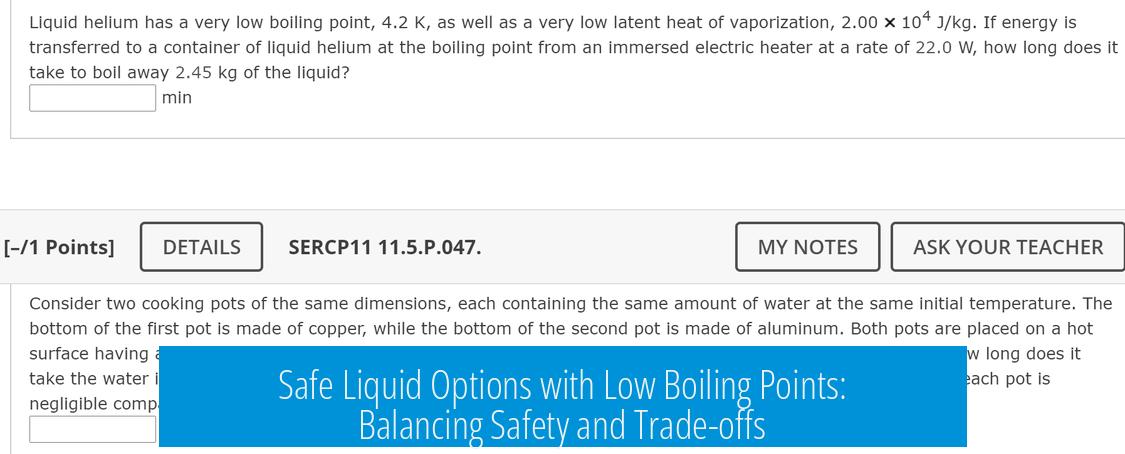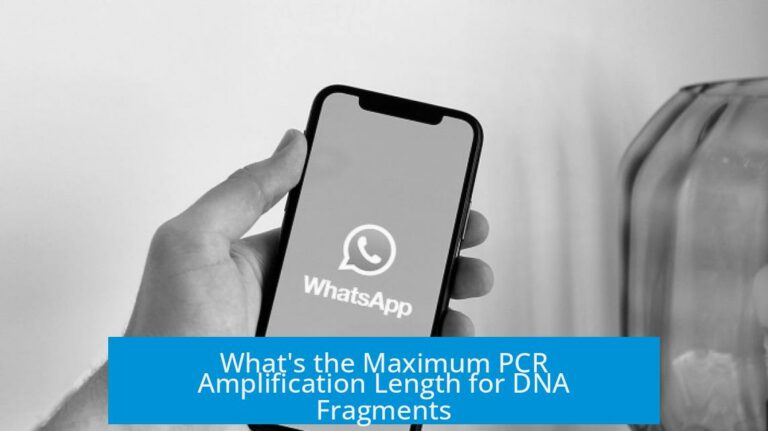Safe Liquids with Low Boiling Point: Understanding the Trade-offs

Finding a liquid that is both safe and has a low boiling point requires balancing conflicting factors. Typically, safety involves non-flammability and low toxicity, while low boiling point demands certain molecular properties. This combination is challenging due to inherent chemical characteristics.
Conflicting Criteria for Safe Low Boiling Liquids
- Non-flammable and low boiling point liquids often have large inert molecules. For example, perfluoropentane fits this but has other drawbacks.
- Large inert molecules tend to possess high global warming potential (GWP). Perfluoropentane exhibits a very long atmospheric lifetime (~4100 years), raising environmental concerns.
- Low GWP molecules usually degrade quickly via UV interaction and are often flammable in ambient air. Flammability raises safety issues in typical oxygen environments.
- Meeting all three criteria simultaneously—non-flammable, non-toxic, and zero or low GWP—is currently unachievable. Users must prioritize two out of these three.
Common Liquids Based on Trade-offs
| Category | Example Liquid | Characteristics |
|---|---|---|
| Flammable, Non-toxic, Low GWP | Acetone | Low boiling point (~56°C), flammable, widely used solvent, low toxicity immediate exposure |
| Non-flammable, Non-toxic, High GWP | Perfluoroethane / Perfluoropentane | Inert, low boiling points (Perfluoroethane ~ -78°C), non-toxic, substantial environmental impact |
| Better Compromise | Novec 649 (2,3-dihydrodecafluoropentane) | Lower GWP than perfluorocarbons, non-flammable, non-toxic, used in specialty applications |
Additional Options and Considerations
- Dichloromethane (DCM): Moderate boiling point (~40°C), non-flammable, but requires good ventilation to avoid toxicity.
- R22 (Chlorodifluoromethane): Used as refrigerant, low boiling point (~-40°C), non-flammable, phased out for ozone depletion concerns.
- Liquid Carbon Dioxide (CO2): Boils at -78°C under atmospheric pressure, requires pressurization to remain liquid.
- Boiling Water under Reduced Pressure: By lowering ambient pressure, water boils at reduced temperatures, offering a safe, accessible option.
Summary
Choosing a safe liquid with a low boiling point depends on prioritizing among flammability, toxicity, and environmental impact. No single liquid currently meets all ideal conditions perfectly.
- Large inert molecules offer safety but raise environmental concerns.
- Flammable, low GWP compounds like acetone are low toxic but require caution due to fire risk.
- Specialty compounds like Novec 649 provide a better balance but may have limited availability and cost issues.
- Alternatives such as pressurized CO2 or vacuum-boiled water suit specific applications.
What liquids balance safety and low boiling points without high environmental impact?
Acetone is flammable but non-toxic with low global warming potential (GWP). Non-flammable options like perfluoroethane have high GWP. Novec 649 offers a better balance as a safer low boiling point liquid.
Why is it hard to find a non-flammable, low boiling liquid with low global warming potential?
Non-flammable liquids tend to have large inert molecules that last long in the atmosphere, raising GWP. Molecules with low GWP degrade quickly but are usually flammable in air.
Are refrigerants or common solvents suitable low boiling point liquids?
Dichloromethane is safe with ventilation. R22 refrigerant and pressurized liquid carbon dioxide are options but have handling challenges and environmental concerns.
Can boiling water at reduced pressure be an alternative for low boiling point needs?
Boiling water under reduced pressure lowers its boiling point. This method lets you use a safe, non-toxic liquid with a modifiable boiling range.
Is acetone recommended despite being flammable?
Acetone is non-toxic and has low global warming impact. Its flammability is a trade-off, but it often fits low boiling point applications where safety measures are in place.





Leave a Comment